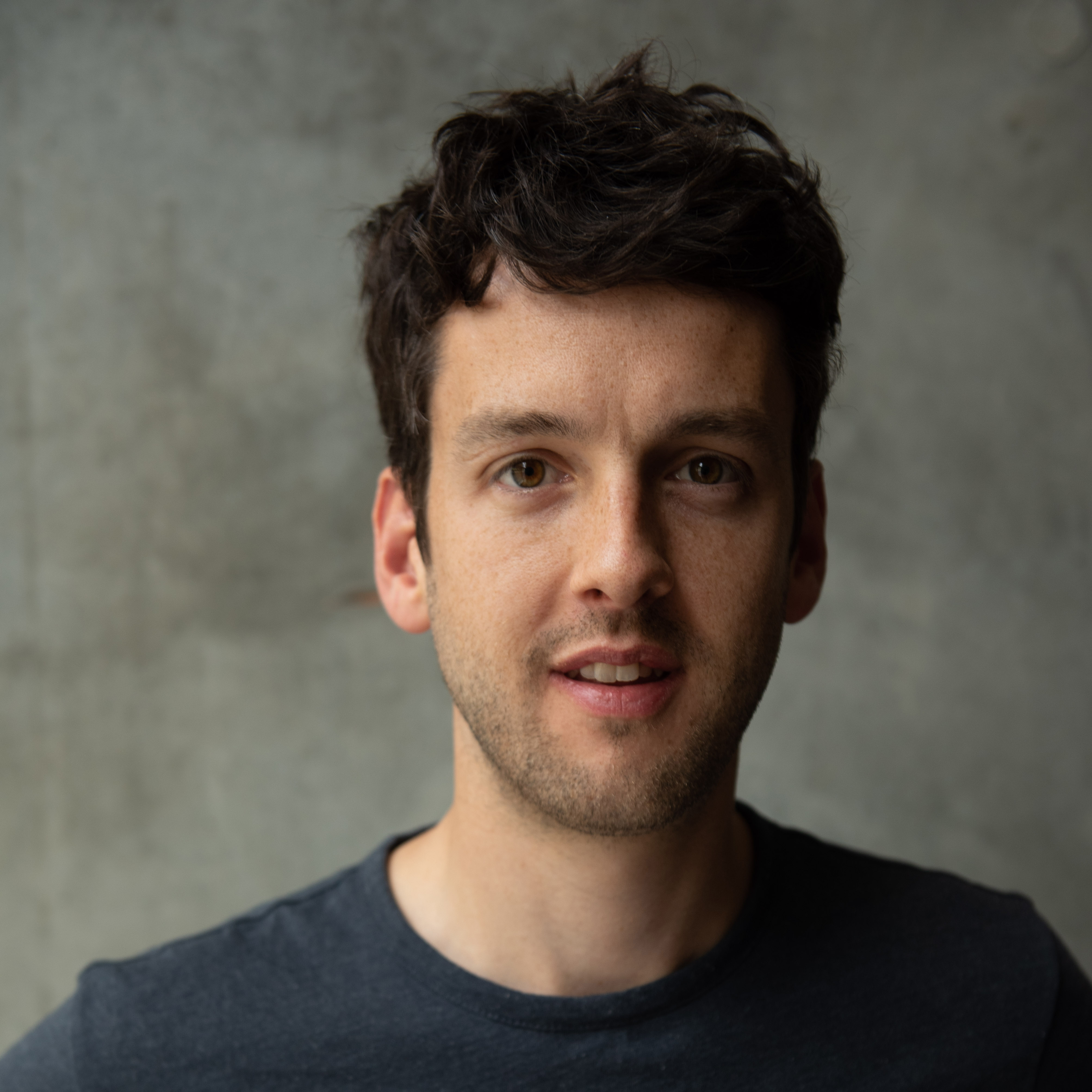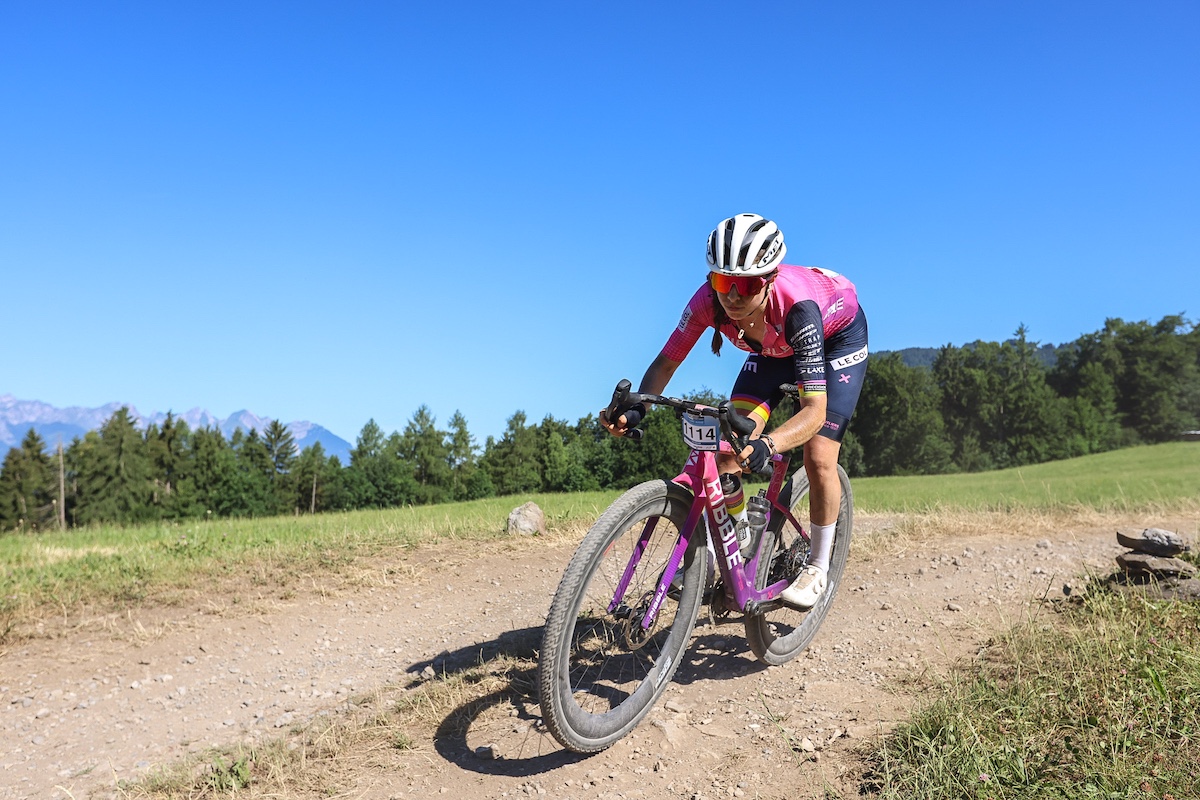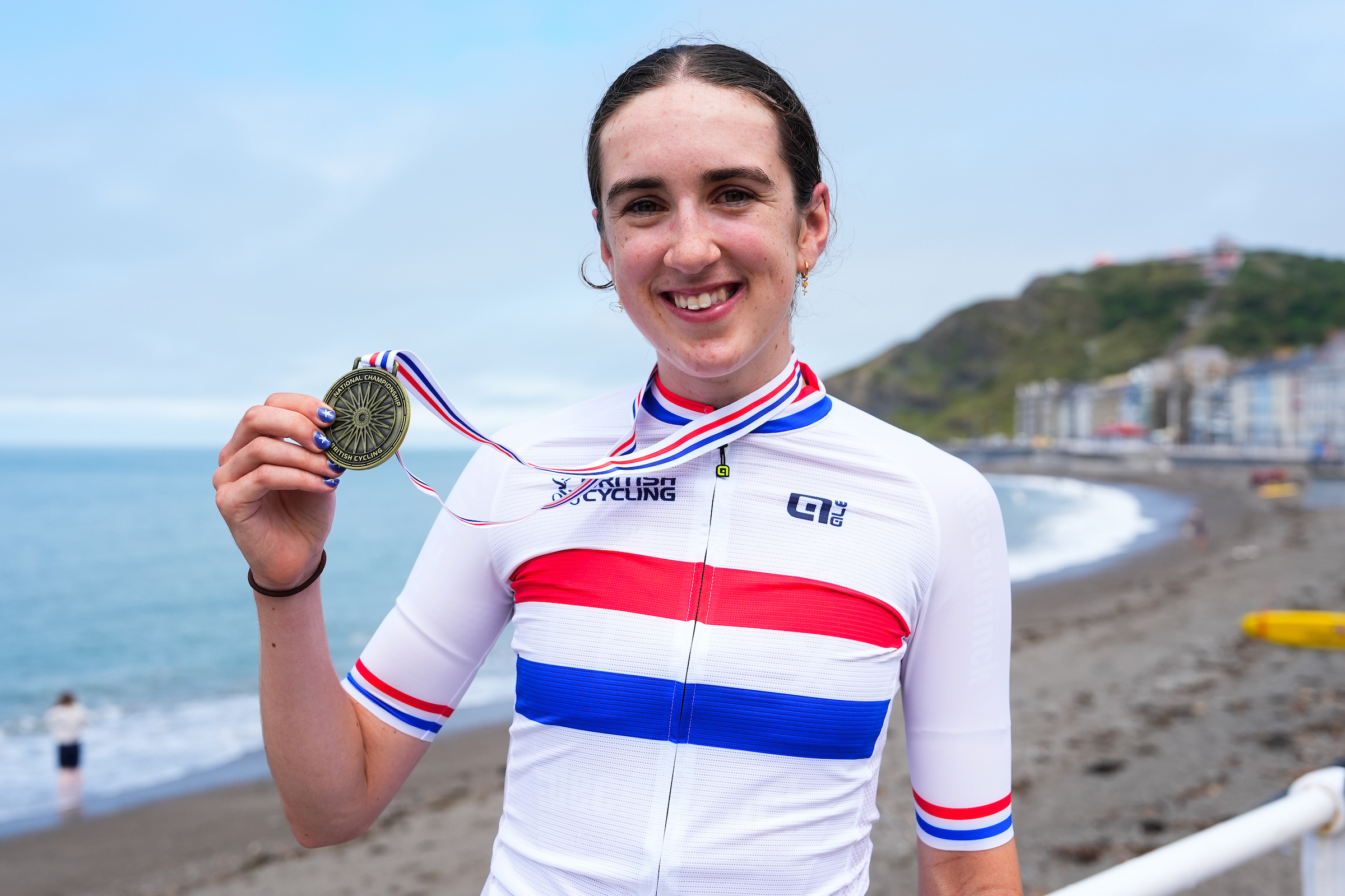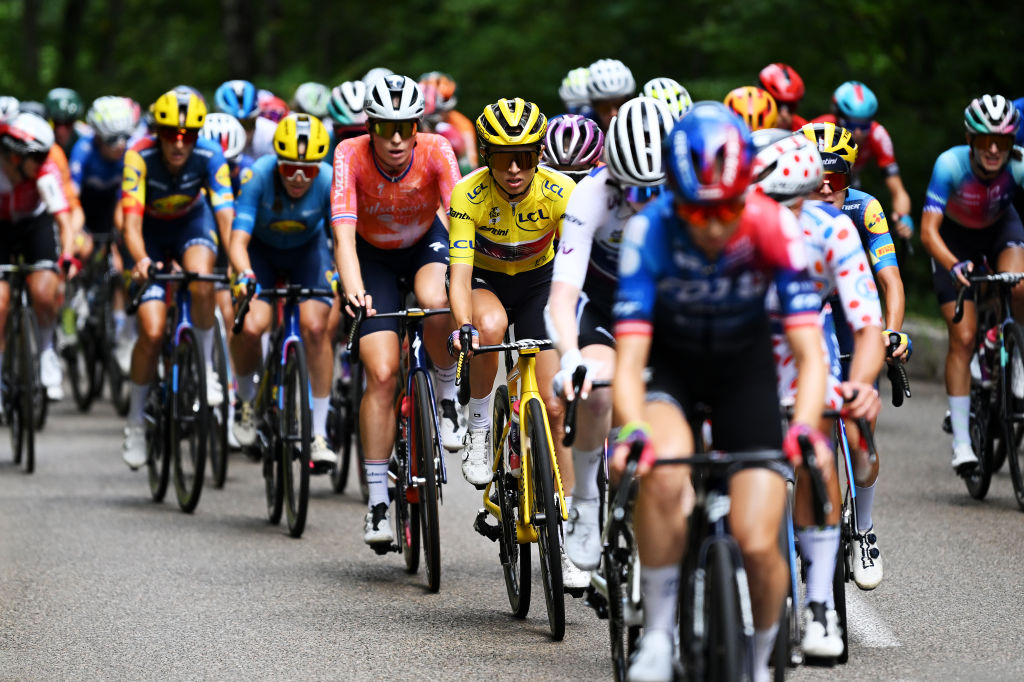Tour de Suisse preview: Thomas, van Garderen, Spilak face off in mountainous Tour de France prelude
Gaviria, Sagan, Matthews, Cancellara on the hunt for stage wins
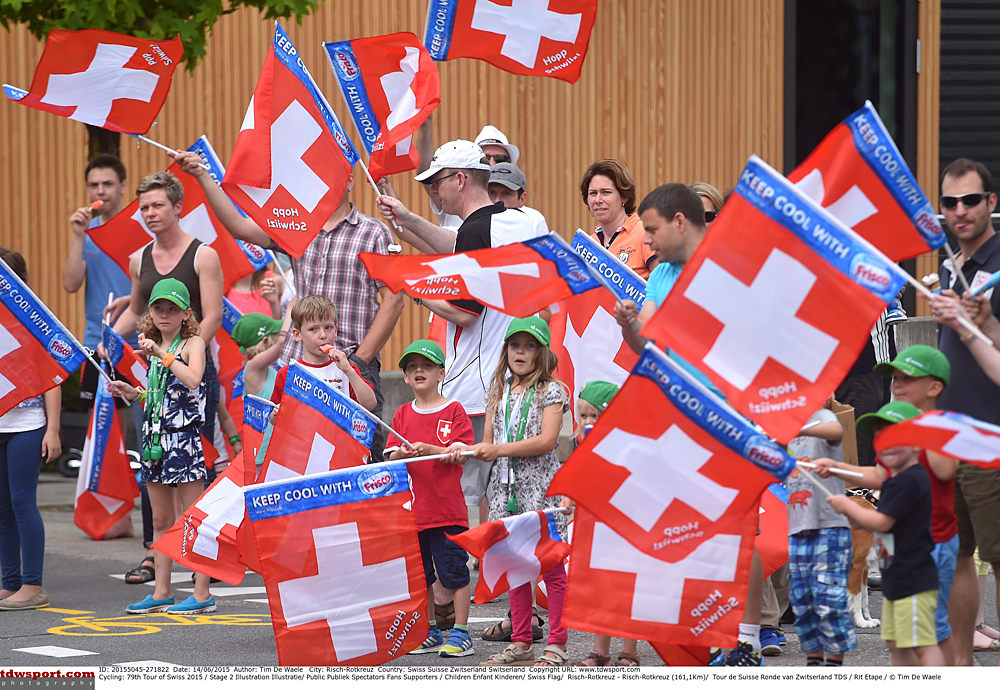
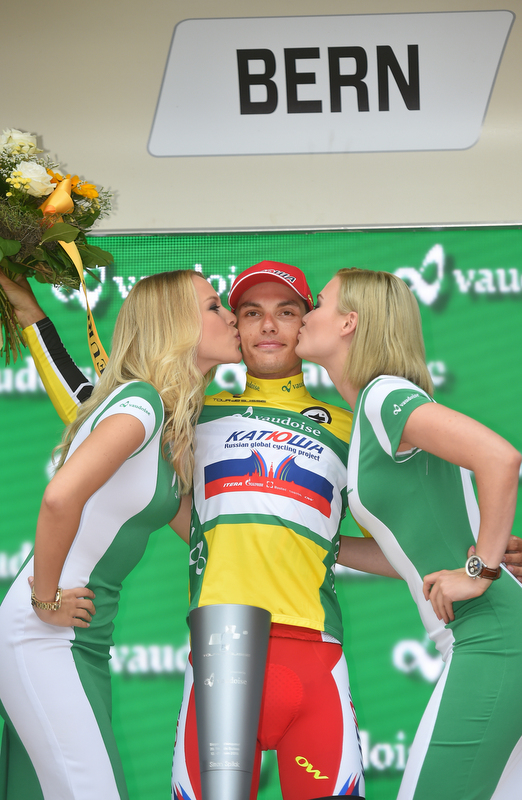
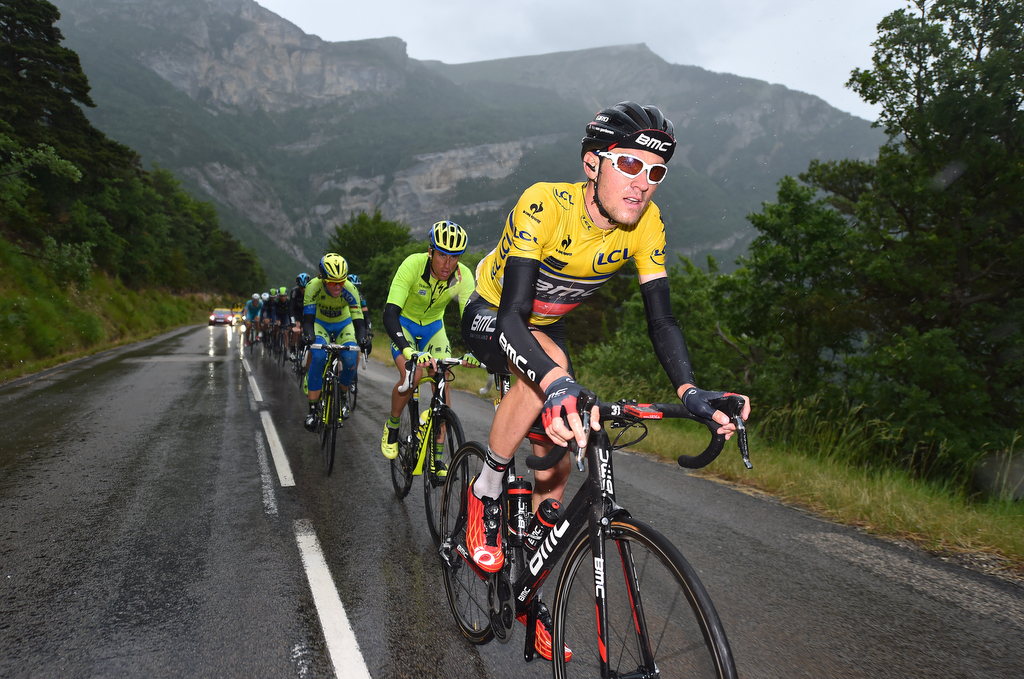
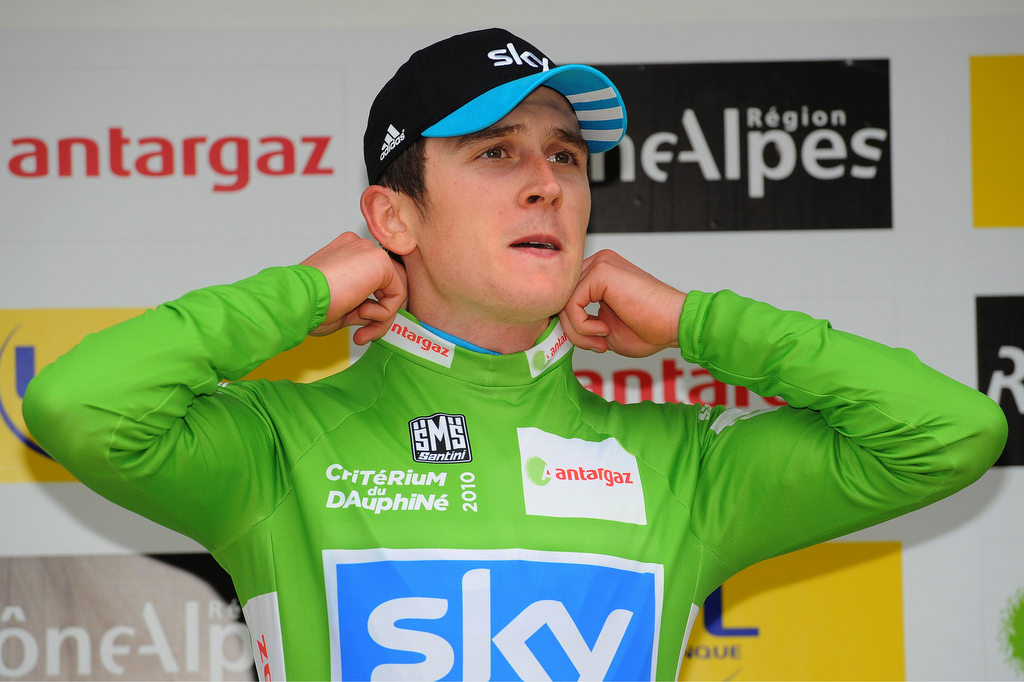
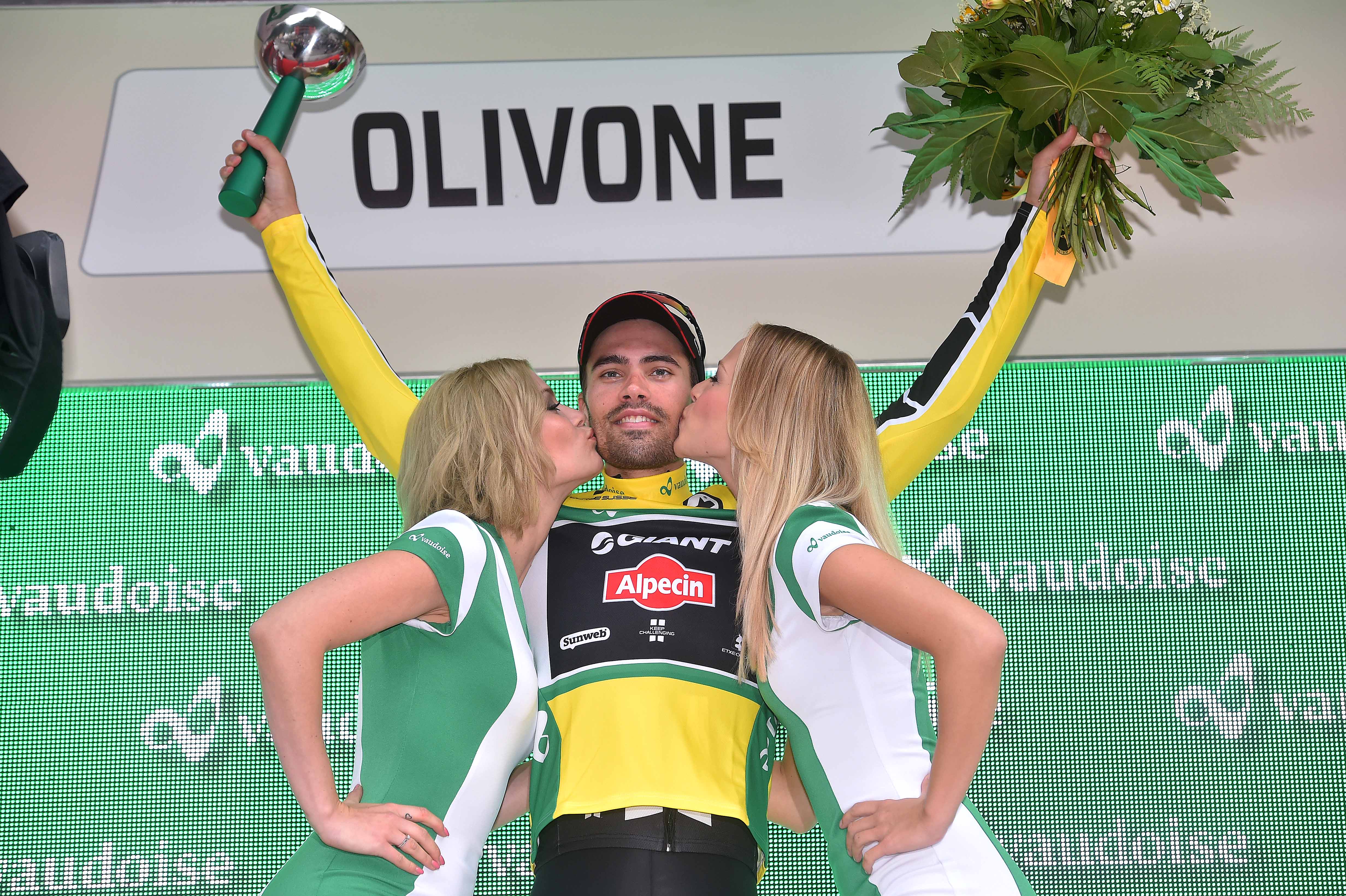
It's June, and the battle of the Tour de France preparation races. In one corner, the Critérium du Dauphiné – the French race run by the Tour organisers themselves. In the other, the Tour de Suisse – the WorldTour race that positions itself as the ‘biggest’ outside of the three Grand Tours.
The Dauphiné looks to have come out on top in the tussle to attract the strongest field, with most of the top favourites for July – including Alberto Contador, Chris Froome, Fabio Aru, Richie Porte, and Thibaut Pinot – all currently racing in France.
Nevertheless, the nine-day Tour de Suisse has its own array of interesting characters and plot lines.
Chief among them, perhaps, is Tejay van Garderen (BMC), the American who was fifth at the 2014 Tour before threatening the podium last year, only to abandon after the second rest day. The signing of Porte from Sky has shaken up the hierarchy at BMC, adding a dash of Wiggins/Froome-flavoured spice and while Porte – at the time of writing – sits third overall at the Dauphiné, the pressure is on van Garderen to make his case in Switzerland.
The 27-year-old has had a solid, if unspectacular, start to the season – second in the Ruta del Sol, fifth at Catalunya, and 10th at Romandie – but this represents an important opportunity to make a statement.
The Tour de France leadership situation is not so blurred these days over at Team Sky but Froome nevertheless finds someone snapping at his own heels in the form of Geraint Thomas. The Welshman, who hasn’t looked back since committing to stage racing, will be Sky’s plan B in July but will first be indulging in another shot at team leadership. Second by just five seconds last year, he has improved immeasurably as a climber in the last 12 months and, having won Paris-Nice and the Volta ao Algarve this year, is perhaps the leading favourite here.
More on the story:
- Van Garderen: The form needs to be there at Tour de Suisse
- Thomas ready to go full gas to win Tour de Suisse
Simon Spilak (Katusha) does not really fit into the pre-Tour narrative – he has two DNF’s and a 109th place from his three participations – but the Slovenian occupies a unique position in cycling – that of specialist in races that take place in Switzerland.
He won the Tour de Romandie in 2010 and has finished in the top 10 in each of the last five years – with three second places – while he won the Tour de Suisse last year. A solid all-rounder best suited to week-long races, he is once again an undoubted favourite for the overall.
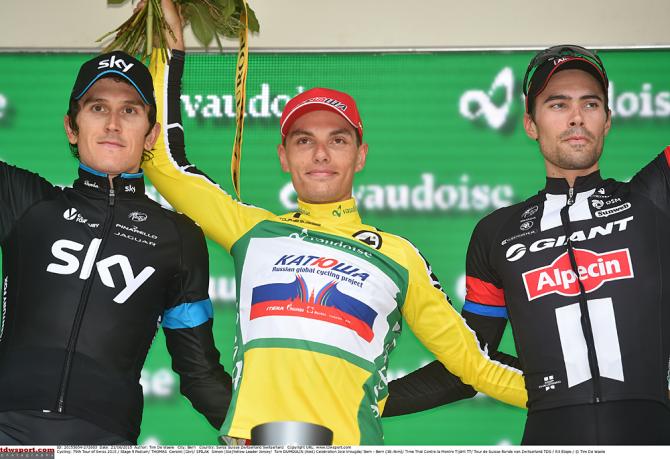
The other contenders
Rui Costa is welcomed back into the fold after his act of treachery last year in opting for the Dauphiné on the back of three successive overall victories at Suisse. The former world champion will lead Lampre-Merida but it remains to be seen if stage wins will instead take priority – in line with his revised Tour de France focus.
Jon Izagirre is one of the form riders of the overall contenders and, with his focus squarely on week-long stage races, the Spaniard has enjoyed a storming season so far – finishing no lower than fifth in the four stage races he has ridden. The heightened importance of the mountains and reduction in time trialling, however, may tip the balance away from his favour.
Thibaut Pinot and Romain Bardet might have stoked the hopes of the French public with third and 6th respectively at the 2014 Tour, but Warren Barguil shone brightly last year, finishing 14th on his debut. He was injured in the Giant-Alpecin training crash in January and his season has been disrupted as a result, so Suisse will be an important yardstick as the 24-year-old prepares his bid for the white jersey in July.
Andrew Talansky switches from the Dauphiné, which he won in 2014, as he looks to put recent years’ underachievement behind him. His form this season would suggest he has some ground to make up, though fourth at the Tour of California last month was encouraging. Robert Gesink (LottoNL-Jumbo) will be preparing for July, while 22-year-old Miguel Angel Lopez (Astana), who impressed asa neo-pro last year, will be one to watch in the mountains.
The fast men
With an opening prologue and hilly first road stage, later followed by five crucial GC days, there is just a small window for the sprinters, and that might explain why there a so few on the start list. Last year saw names like Cavendish, Kristoff, and Degenkolb, but this year the only top pure sprinter would seem to be Fernando Gaviria (Etixx-QuickStep).
Even the two opportunities, on stages 3 and 4, aren’t straightforward, with a string of short climbs in the second half of the former. Gaviria will be eyeing up stage 4 most keenly, while stage 3 may be better suited to someone who can absorb the climbs but still deliver a fast finish. The 11-time stage winner Peter Sagan (Tinkoff) and Michael Matthews (Orica-GreenEdge) both fit the mold perfectly.
They should both also stand a strong chance on the hillier stage 2, where other Classics-oriented riders – such as BMC’s Philippe Gilbert and Etixx-QuickStep’s Zdenek Stybar – may also come to the fore in search of a stage win.
Another standout name is that of Fabian Cancellara, though the Swiss rider will be pinning his hopes for a victory on the two races against the clock. There’s a short prologue on the opening day and a rolling 16.8km test on the penultimate day, both well suited for the Swiss star to bid farewell to his home race in style.

A climber's route
The Tour de Suisse has always had a reputation as a tough race but this year it seems to have been even more sadistically designed, with three summit finishes and another mountain stage on the final day. Add in the fact that the amount of time trial kilometres (23.2) has been nearly halved compared to last year, and you have a climber's race.
The GC men might be able to keep their powder relatively dry over the first four days but the five that follow are all potentially decisive.
Stage 5 is short and mountainous – a potentially explosive combination. The 126km course takes riders over the hors catégorie Furkapass – at 2436 metres – and the first-category Gotthard pass before an 11km hors catégory ascent to the finish in Cari.
Stage 6 scales another high-mountain pass, the Klausen, before – somewhat cruelly – they come back through the start town but have to then take on a steep final climb to Amden.
Stage 7 has been dubbed the ‘queen stage’ of the race and ventures over the border into Austria for another summit finish at the Rettenbach Glacier – a grueling 15km climb to 2669 metres, with continuous gradients of over 10 per cent. Given the fearsome nature of the final climb, along with the aching length of the stage (224km), the Hochtannbergpass in the first half of the course shouldn’t see too much action but finale should more than make up for that.
Stage 8 signals a merciful parenthesis in the mountain fest, but there’ll be no let-up as far as the overall contenders are concerned as the rolling time trial in Davos signals another GC day. At 16.8km, it’s nearly half the length of last year’s time trial, so shouldn’t have as great an impact, but it does feature a lengthy drag of a climb in the second half.
Unlike in previous years, the race does not end with a race against the clock. The second in a Davos double-header, the 117km stage 9 features two more hors-catégorie 2000m-plus mountain passes, the second of which is followed by a 17km descent to the line. Short, mountainous, and with the GC potentially hanging in the balance, this will offer an aggressive, fast, and furious finale to the Tour de Suisse.
The race opens on Saturday June 11 with a 6.4km prologue in Baar, which also hosts the opening road outing on stage 2 – a circuit course with three ascents of the second-category Allenwinden climb and a rolling run-down to the line.
Stages 3 and 4 represent the realistic opportunities for the sprinters in the race, though neither features a traditional flat parcours. Stage 3 crams no fewer than six second or third category climbs into its second half and the sprinters’ teams will have their work cut out to control things, while a fast man who can absorb the climbs, such as Sagan, may thrive.
Stage 4 is a little more benign; after an early climb it’s largely flat and the sprinters surely won’t allow the late third-category rise – before a fast run-in to Champagne – to derail them.
The latest race content, interviews, features, reviews and expert buying guides, direct to your inbox!
Patrick is a freelance sports writer and editor. He’s an NCTJ-accredited journalist with a bachelor’s degree in modern languages (French and Spanish). Patrick worked full-time at Cyclingnews for eight years between 2015 and 2023, latterly as Deputy Editor.
Latest on Cyclingnews
-
UCI Gravel World Series – Sophie Wright and Andreas Seewald win the climb heavy Gravel Suisse
Runner-up spots claimed by Axelle Dubau-Prévot and Eislek Gravel winner Mathijs Loman -
American Criterium Cup: Aline Seitz seizes series lead with win in Downer Grove while Ben Oliver outsprints men's leader Brody McDonald
Mejías and Summerhill secure ACC sprint leads with fifth-place finishes in Wisconsin -
2025 Road National Champions index
Elite men and women who won their national road championships titles in road race and individual time trial -
Tour de France Femmes 2025 - The GC favourites form guide
Analysing the key riders to watch in pursuit of the yellow jersey
